中空纤维SAPO-34分子筛膜的制备及氢分离研究毕业论文
2020-04-22 19:44:18
摘 要
近年来,大量富含H2、CH4的工业废气被生产出来。为促使我国绿色能源快速发展,缓解我国能源短缺的现状需对H2/CH4进行有效分离。常用分离技术存在能耗高、设备运行成本高、控制系统复杂以及占地面积广等问题,但膜分离具有很多优点,是一种极具发展前景的分离技术。SAPO-34分子筛膜成分为硅铝磷酸盐,其孔道结构均一规整,有效孔径为0.38 nm,介于氢气(H2,0.29 nm)和甲烷(CH4,0.38 nm)分子动力学直径之间,能有效分离H2/CH4气体。本文通过采用二次生长法,在α-Al2O3四通道中空纤维载体表面制备出高质量的SAPO-34分子筛膜,具体内容如下:
通过调节铝源(拟薄水铝石)含量和晶化时间,水热合成出纳米级纯相SAPO-34分子筛。以此为晶种,采用浸渍提拉法在α-Al2O3四通道中空纤维载体表面涂覆晶种,并诱导成膜。制膜中,考察晶化时间对膜表面形貌和结构的影响,并用在H2/CH4分离研究系统地研究了操作温度、进料压力及进料浓度对膜性能的影响。由结果可知:合成液组成为1.0 Al2O3: 1.0 P2O5: 0.3 SiO2: 2.0 TEAOH: 70 H2O,且晶化时间为12 h时,可制备出相纯纳米级SAPO-34分子筛。当膜合成时间超过18 h时,膜分离H2/CH4性能良好。在分离过程中,随着操作温度的增加, SAPO-34分子筛膜的H2渗透性逐渐下降,H2/CH4选择性逐渐上升。随着进料压力的增加,H2渗透性及H2/CH4选择性均下降。随着H2进料浓度的增加,H2渗透性及H2/CH4选择性均上升。
关键词:H2/CH4分离 SAPO-34分子筛膜 浸渍提拉法 中空纤维载体
Preparation Of SAPO-34 Membranes And Their Performances In Separation Of H2/CH4 Mixture Gas
Abstract
A large amounts of H2 and CH4 waste gas were produced in recent years. It is necessary to separate H2/CH4 gas mixture to accelerate the development of China's green energy and relieve the issue of our country’s energy shortage. The common separation techniques such as cryogenic separation and pressure swing adsorption have problems of high energy consumption, high equipment running cost, complicated control systems, and large floor space. But membrane separation is a promising separation technology. SAPO-34 zeolite membrane is a silicoaluminophosphate with uniform pore structure. Its effective pore size is 0.38 nm, which is between molecular dynamic diameter of hydrogen (H2, 0.29 nm) and methane (CH4, 0.38 nm), thus it exhibits excellent separation performance in H2/CH4 separation. In this thesis, a high-quality SAPO-34 membrane was fabricated on the surface of the α-Al2O3 four-channel hollow fiber supports with secondary growth. The details are described as follows:
First, pure SAPO-34 zeolite particles were synthesized by adjusting the aluminum source (pseudo-boehmite) contents and the crystallization time. Then, a seeded layer was coated on the surface of the α-Al2O3 four-channel hollow fiber supports by dip-coating method to prepare a dense SAPO-34 molecular sieve membrane. Effects of operating operating temperature, feed pressure and H2 feed concentration on H2/CH4 separation performance were studied. The results showed with of the composition is 1.0 Al2O3: 1.0 P2O5: 0.3 SiO2: 2.0 TEAOH: 70 H2O and with the crystallization time of 12 h, the nano pure SAPO-34 molecular sieve was prepared. The SAPO-34 membranes synthesized for 18 h or longer have good H2/CH4 separation performance. It was found with the increase of operating temperature, the H2 permeance decreased gradually, and the H2/CH4 selectivity increased. As the feed pressure increases, both H2 permeance and separation selectivity decreases. As the H2 feed concentration increases, the H2 permeance and separation selectivity increases.
Key words: H2/CH4 separation; SAPO-34 zeolite membrane; dip-coating method; hollow fiber supports
目录
摘要 I
ABSTRACT II
第一章 文献综述 1
1.1 前言 1
1.2 H2/CH4分离技术 1
1.2.1 深冷分离 1
1.2.2 变压吸附 2
1.2.3 膜分离 2
1.3 H2/CH4分离膜 2
1.3.1 有机膜 2
1.3.2 无机膜 3
1.3.3 混合基质膜 3
1.4 SAPO-34分子筛膜研究进展 4
1.4.1 SAPO-34分子筛 4
1.4.2 SAPO-34分子筛膜制备方法 5
1.4.3 用于H2/CH4分离研究进展 5
1.5 本文研究思路与方法 6
第二章 实验内容 7
2.1 主要试剂与仪器 7
2.2 SAPO-34分子筛膜的制备 8
2.2.1 SAPO-34分子筛的制备 8
2.2.2 支撑体预处理 8
2.2.3 晶种涂覆 8
2.2.4 SAPO-34分子筛膜的制备 9
2.3 表征方法 9
2.3.1 结构与形貌表征 9
2.3.2 气体分离表征 9
第三章 结果与讨论 11
3.1 SAPO-34分子筛的表征 11
3.1.1 氧化铝含量的影响 11
3.1.2 晶化时间的影响 12
3.2 SAPO-34分子筛膜的表征 13
3.2.1 晶化时间的影响 13
3.3 单组份测试 16
3.3.1 测试不同气体 16
3.3.2 操作温度的影响 17
3.3.3 进料压力的影响 17
3.4 H2/CH4分离测试 18
3.4.1 操作温度的影响 18
3.4.2 进料压力的影响 19
3.4.3 进料浓度的影响 20
第四章 结论与展望 21
4.1 结论 21
4.2 展望 21
参考文献 23
致谢 27
第一章 文献综述
1.1 前言
由于化工行业、电子工业、食品化工、航空航天等领域的飞速发展,社会对于氢气的需求量(特别是高纯氢)日益增加。氢气是现代化工业生产的标准气和重要的清洁能源,不仅可用作化工原料,还可用于制造工业光导纤维或非晶太阳能电池等。因此,制取氢气(特别是高纯氢气)成为研究者关注的热点之一。在我国现阶段的现代化进程中,大量富含H2/CH4的混合废气被生产出来,这些气体如果被直接排放到大气中,不仅会危害大气环境,还会造成能源的浪费,但这些气体若能够加以利用,将会成为巨大能源宝库。首先氢气的热值高,且燃烧过后不会产生任何污染物,是现阶段理想的绿色能源:其次,混合废气中分离出来的甲烷可以用于工业制氢的原材料。目前,传统的分离技术如变压吸附、溶剂吸收等存在能耗高,占地面积广、环境污染等问题,不能达到未来化工生产的要求[1-2]。相反的,膜分离技术则具有很多优点。
其中有机膜的制作工艺简单且成本低廉,但是其苛刻环境下稳定性较差,在实际工业生产过程中受到的限制也较多。相比较而言,无机分子筛膜因其良好的热化学稳定性、较强的机械强度、高渗透和高选择性,近年来越发受到研究者的青睐。SAPO-34分子筛膜是无机膜材料的一种,成分为硅铝磷酸盐,其孔道结构均一规整,孔径为0.38×0.38 nm。
相关图片展示:
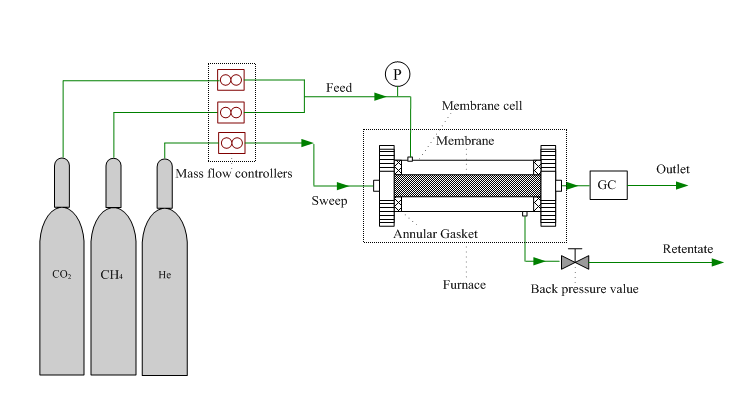
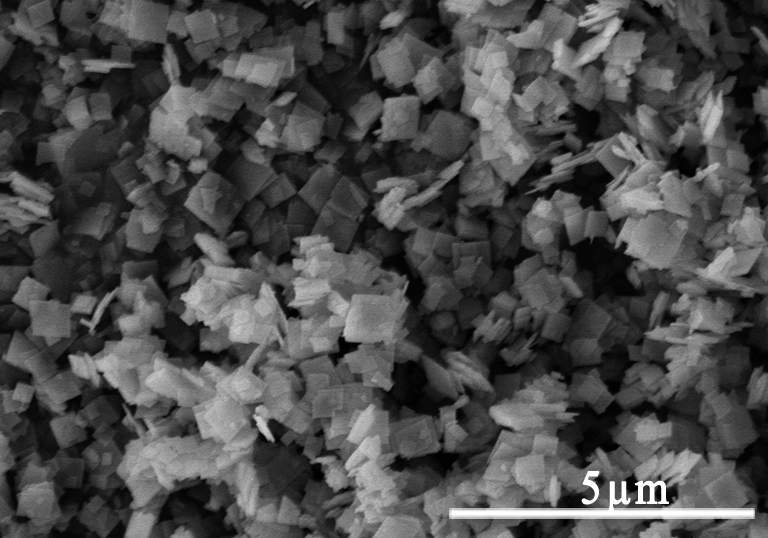
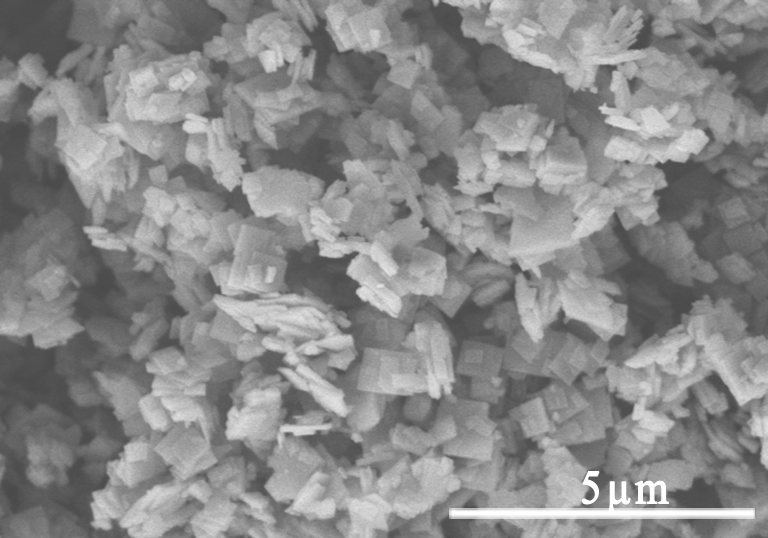
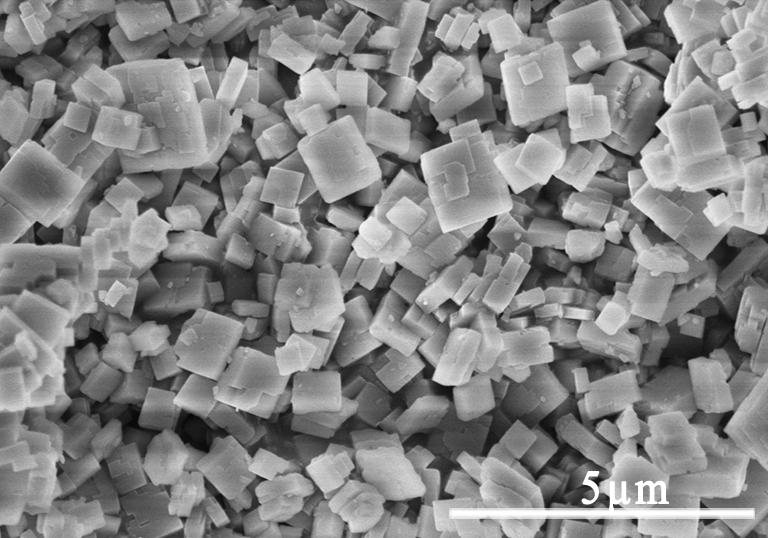
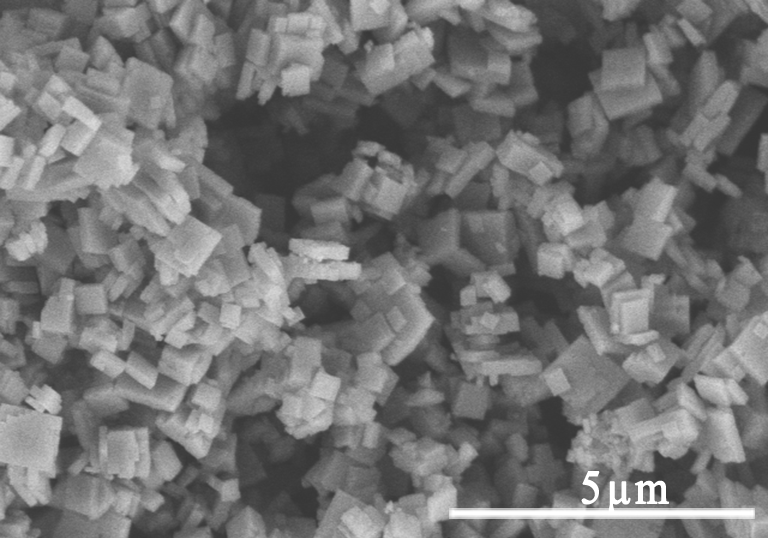
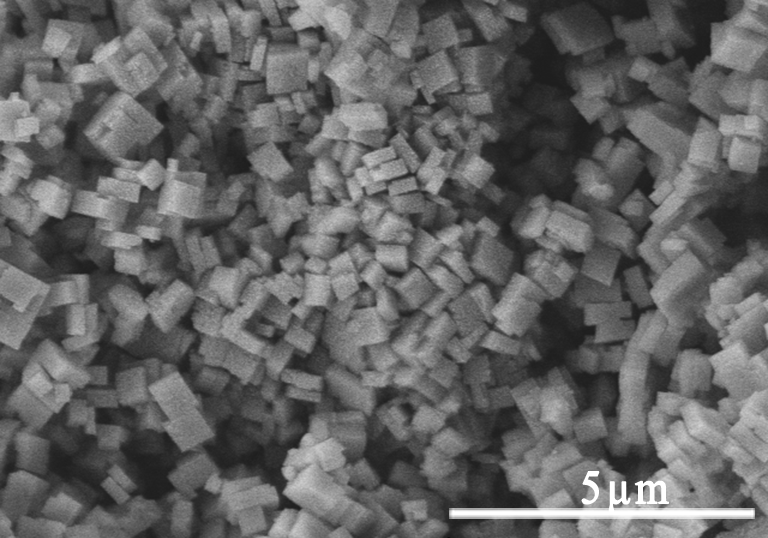
课题毕业论文、开题报告、任务书、外文翻译、程序设计、图纸设计等资料可联系客服协助查找。



